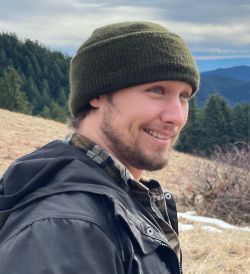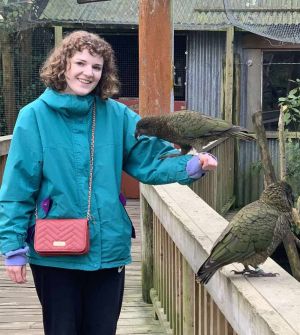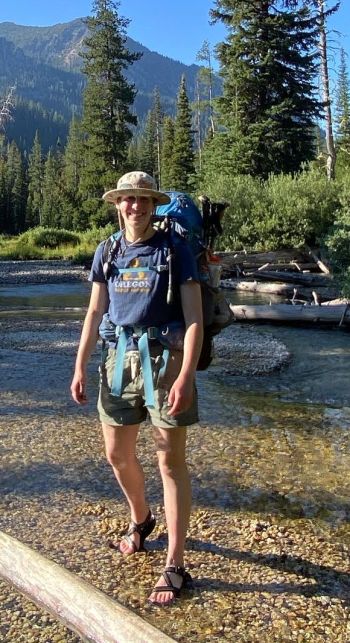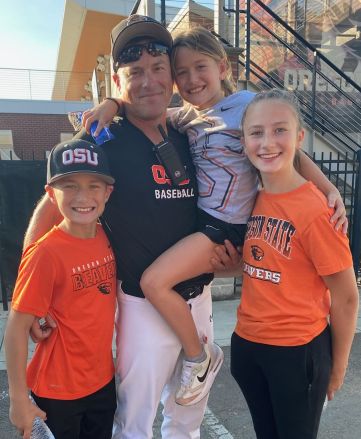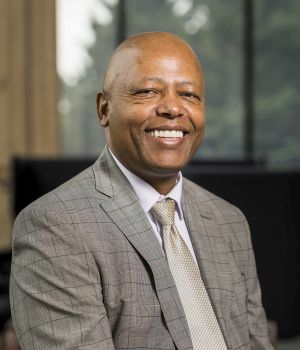
Temesgen Hailemariam plays a key role in improving the productivity, health, and sustainability of intensively managed, planted forests in the Pacific Northwest
Temesgen Hailemariam has accomplished a lot in his 20 years at OSU’s College of Forestry – and he’s not done yet. In 2022, Temesgen was named the Giustina Professor of Forest Management and appointed as the director of the Center for Intensive Planted-forest Silviculture (CIPS), two prestigious roles that reflect his wealth of experience and expertise.
His new leadership position with CIPS will position him to play a key part in shaping the silviculture activities and research at OSU – and beyond. Their core mission is to improve the economic and environmental performance of the Pacific Northwest forests and to enhance the regional and global competitiveness of the Pacific Northwest producers in the forest products industry.
“As a land-grant university, we have a responsibility to Oregonians and to the public,” he said. “And we also have a responsibility to promote economic and environmental sustainability in the Pacific Northwest. The Center for Intensive Planted-forest Silviculture brings all of those objectives together and I’m honored to be able to contribute to sustainable forestry management, conservation, and economics through this role.”
He says it’s an especially critical time for this work, with both climate change and economic stressors impacting the forest industry. His goal will be to increase the profitability of the forest industry while also finding ways to mitigate climate change through forest management. He’ll be collaborating with stakeholders to implement sustainable forest management and restoration, provide opportunities for youth, and advance the forestry sector into the 21st century.
Temesgen first joined the College of Forestry faculty in 2003, as an assistant professor in forest biometrics and measurements. Since then, he’s taught hundreds of students, published more than 100 peer-reviewed publications, secured more than $4 million in research funding, and conducted work in Vietnam, Ethiopia, Canada, Germany, the United States, Chile, and South Korea. One of his greatest joys as a faculty member is mentoring students and he says he’s honored to have trained 5 postdoctoral scholars, 7 doctoral and 15 master’s degree students while at OSU.
His research highlights include developing a method to estimate the amount of carbon sequestered by a tree or by a forest, developing biomass and carbon equations, integrating airborne LiDAR and ground data to estimate status, change, and trends within a forest, and using advanced statistics to estimate the productivity of a forest.
It was not a direct path that led Temesgen to Corvallis. He studied and conducted research on three different continents before he made his way to Oregon. He was born and raised in Ethiopia, where he first developed an interest in the natural environment and forestry and decided he wanted to study biometrics and pursue work in forestry statistics. He got his first degree in Ethiopia and then headed to Ontario for his master’s degree before hopping across Canada to finish his Ph.D. at the University of British Columbia in Vancouver. He also did a stint in Germany as a visiting scientist at the Institute of Forest Management and Yield studies at the University of Göttingen.
He brought all of this global experience and perspective to OSU, where he’s now happily settled with his family. One of his sons is attending OSU and the other is a high school senior.
“Our challenges are global, and our views should be as well. My journey to OSU has shaped my views and prepared me to tackle future challenges,” he said.



